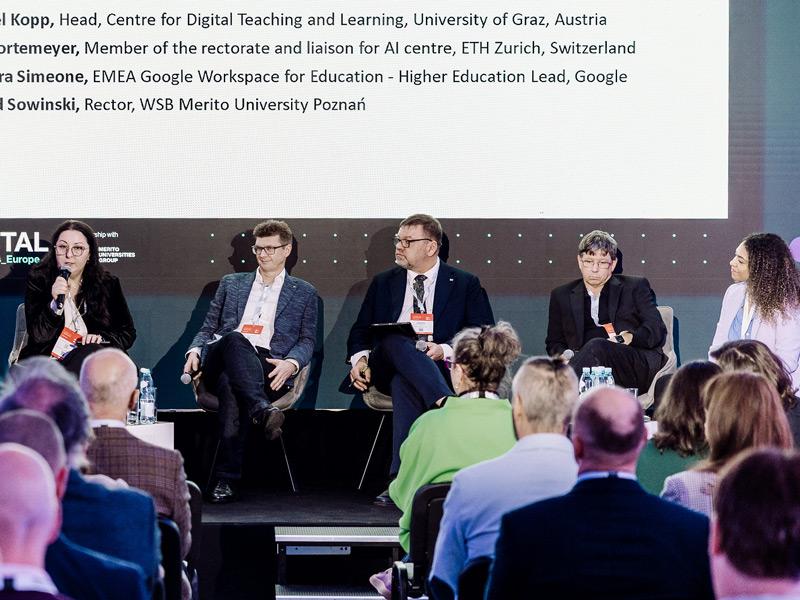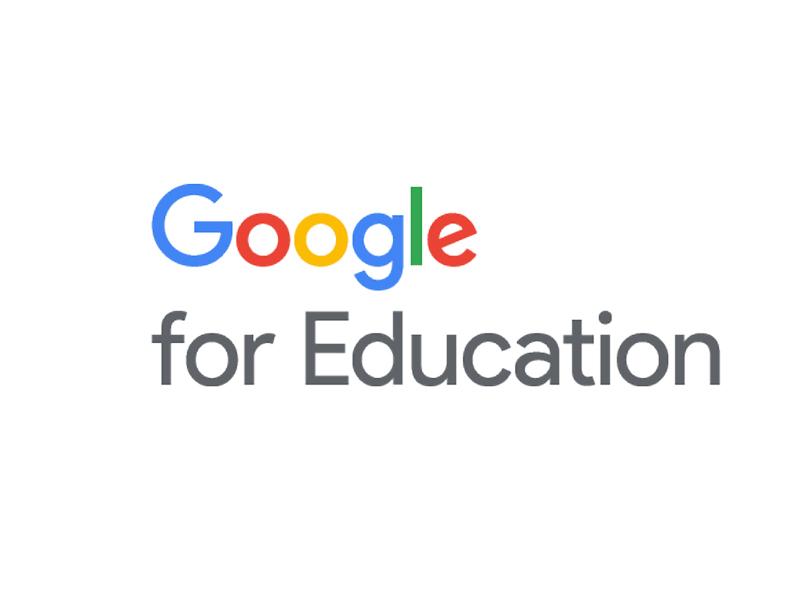
Harnessing generative AI to redesign higher education

Universities across the world must confront the growing influence of AI on higher education and find effective ways to harness the potential of AI to enhance teaching and learning. A panel at the 2025 THE Digital Universities Europe event, held in partnership with Google for Education, discussed the steps that higher education institutions must take in response to the rising popularity of generative AI.
The widespread adoption of AI today is similar to the shifts that happened in higher education during the Covid-19 pandemic, said Maka Eradze, associate professor of educational research and teaching methodologies at the University of L’Aquila in Italy. Eradze suggested that educators who fear that AI could replace them may benefit from a more technical understanding of its use and its workings. “The students use it but educators are not sure how to innovate with it,” she said.
The disruption caused by generative AI offers a chance for educators to be “less conservative” about technology, said Michael Kopp, head of the Centre for Digital Teaching and Learning at the University of Graz in Austria. He recommends integrating generative AI as a tool for academic writing and integrity. “Educate teachers and students. They have to get familiar with AI tools and gain competencies to use AI in the correct way,” Kopp said.
“Educators always have to be in the loop,” said Eleonora Simeone, higher education specialist at Google. She added that when introducing and developing generative AI technology for higher education, a human-centred approach to AI literacy is a cornerstone. “Instead of replacement, think transformation,” Simeone said. “Let’s teach students to leverage AI while emphasising the uniquely human skills, such as critical analysis, creative problem-solving and collaboration. These will continue to be essential. By focusing on these strategies, we can prepare students for a future where AI is prevalent while also ensuring that they develop the essential skills and abilities they need to thrive.”
Co-designing programmes with stakeholders allows universities to hone their social mission and strengthen their competencies, said Ryszard Sowiński, rector of WSB Merito University in Poznań, Poland. He identified critical thinking, creativity, communication, cognitive flexibility and adaptability as some of the core skills students will need in the future.
Gerd Kortemeyer, member of the rectorate and AI Centre at ETH Zurich in Switzerland, said that educators can be essential advisors on data safety when using generative AI. For AI to be integrated into higher education, faculty need a safe space to ask questions and discuss the impact on the enduring values of higher education, he said. This will encourage open dialogues about what constitutes core curriculum and what is peripheral.
Simeone used the example of Google’s NotebookLM as a closed data system. The platform acts as a repository of data for use during the learning journey, such as student notes or academic guidelines for faculty members. It uses AI to generate information from the user’s research and help users to engage with their documents.
The panel:
- Maka Eradze, associate professor of educational research and teaching methodologies, University of L’Aquila
- Michael Kopp, head of the Centre for Digital Teaching and Learning, University of Graz
- Gerd Kortemeyer, member of the rectorate and AI Centre, ETH Zurich
- Johan Roos, chief academic officer to the presidential advisor, Hult International Business School (moderator)
- Eleonora Simeone, higher education specialist, Google
- Ryszard Sowiński, rector, WSB Merito University in Poznań
Find out more about Google for Education.

